|
FEATURES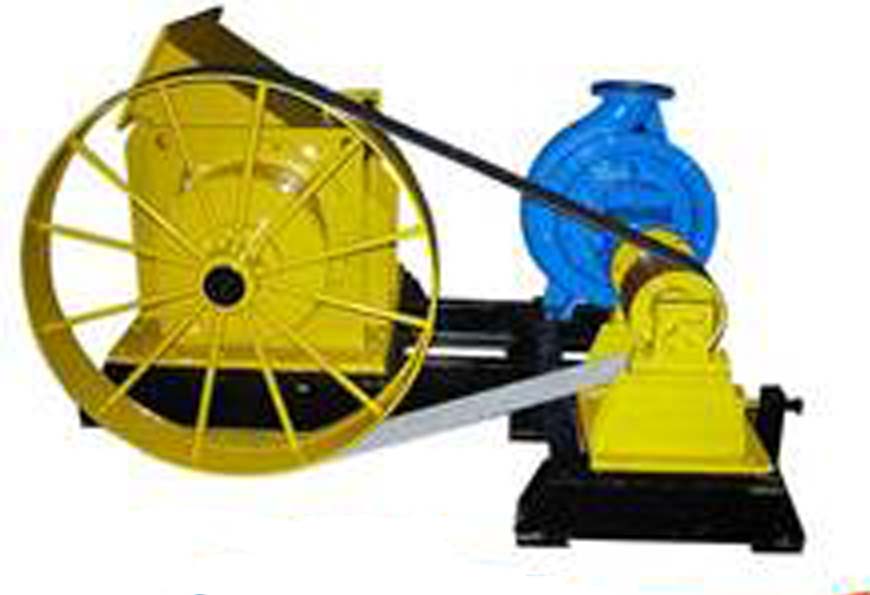
•This system consists of two major components, the turbine and the water pump coupled together through a belt
•Requires a minimum water fall of at least seven (7) feet to operate
• Requires a river with minimum flow rate of 0.05m3/s ( 3000l/min)
•Can pump different water from that driving the turbine
•Steady, non-pulsating flow
•Positive displacement pumping principle
Capacities
•High output flows up to 300m3/hr
•Heads up to 400 Meters
Application
•Irrigation
•Stock watering
•Communal water supply
Prices from KES 750,000
HOW IT WORKS
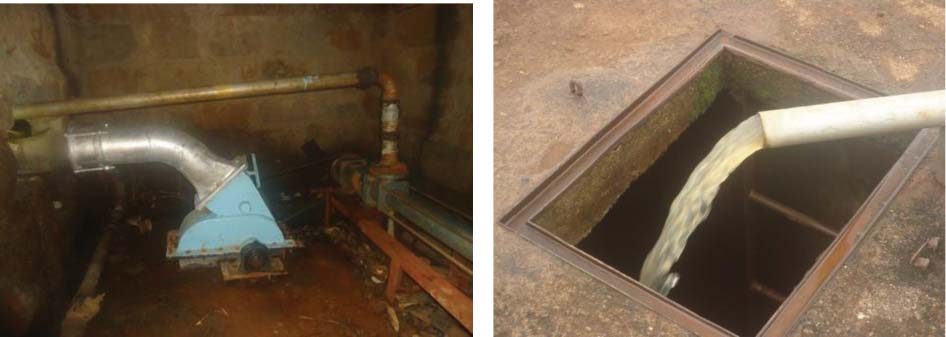
This system work by converting the kinetic energy from water falling into mechanical energy.
This is achieved from water powering a turbine, and using the rotation movement to transfer energy through a belt to a water pump. The pump has two ports, the suction and the discharge. Pump output depends on the power of the turbine.
INSTALLATION
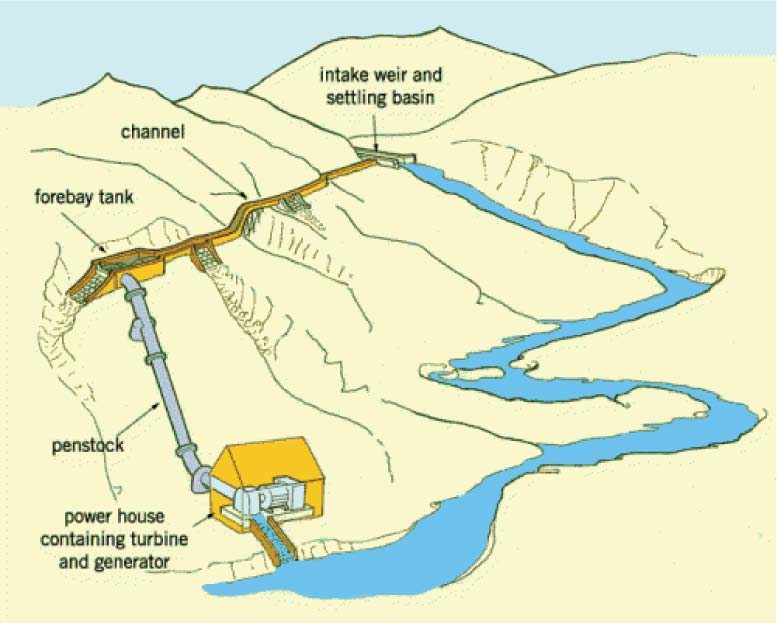
HOW MUCH ENERGY DOES A WATER FALL HAVE?
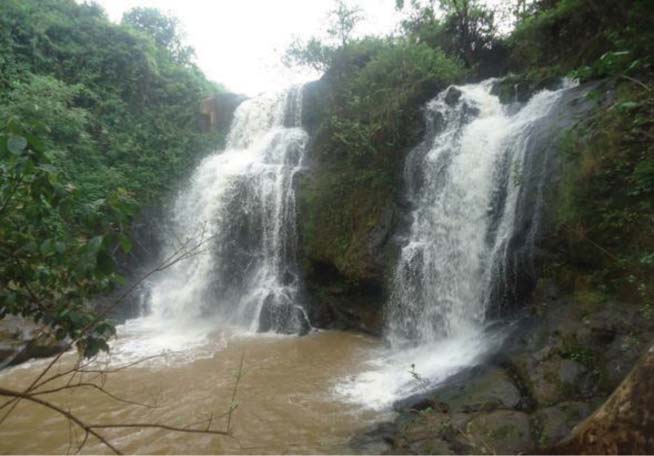
There are three key components for assessing energy potential for a hydro site. These are the:
•Head
•Average flow rate
•Flow rate distribution
The Head is the vertical drop from the river water intake point to the turbine itself. The energy
content obtainable from the river is directly related to the effect of gravity on the water, so the
high the head the greater the energy that can be obtained.
The Average flow rate demonstrates the amount of water that flow down the river. From this value it is possible to calculate the average amount of energy that can be obtained from the river.
The third component, the flow distribution is also very important. This factor identifies whether the flow of the river is consistent during the year, or is prone to peaks and troughs. The more consistent the flow, the more energy can be obtained from the river.
Power
The power available in a stream of water is given by the equation;
Where:
power (J/s or watts)
turbine efficiency (Normally between 80%-90%)
density of water (kg/m3)
acceleration of gravity (9.81 m/s2)
Head (m). For still water, this is the difference in height between the inlet and outlet surfaces. Moving water has an additional component added to account for the kinetic
energy of the flow. The total head equals the pressure head plus velocity head.
= flow rate (m3/s)
HIGH-HEAD TURBINE SYSTEM PUMP PERFORMANCE CURVES
After determining the power available in a waterfall, the next step is to select a suitable pump that will give the desired output. The turbines come with 18 different pumps
depending on the customer’s requirement and site details.
Pump features
•Can pump different water from that driving the turbine
•High suction capability
•Variable flow depending with the turbine speed
•Steady, non-pulsating flow
•Positive displacement pumping principle
•Very durable, made of stainless steel rotor
•Can operate continuously without damage
•Can tolerate water with small solid contents
Capacities
•High output flows up to 300m3/hr
•Heads up to 400 Meters
Application
•Irrigation
•Stock watering
•Communal water supply
PUMP MODELS APPLICABLE WITH HIGH HEAD TURBINES
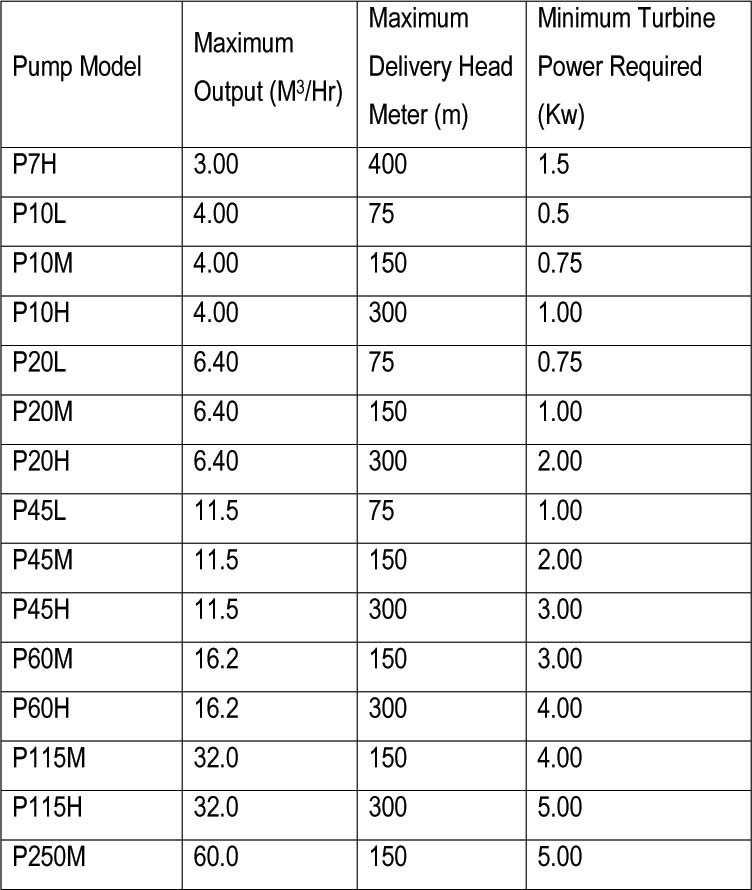
|
